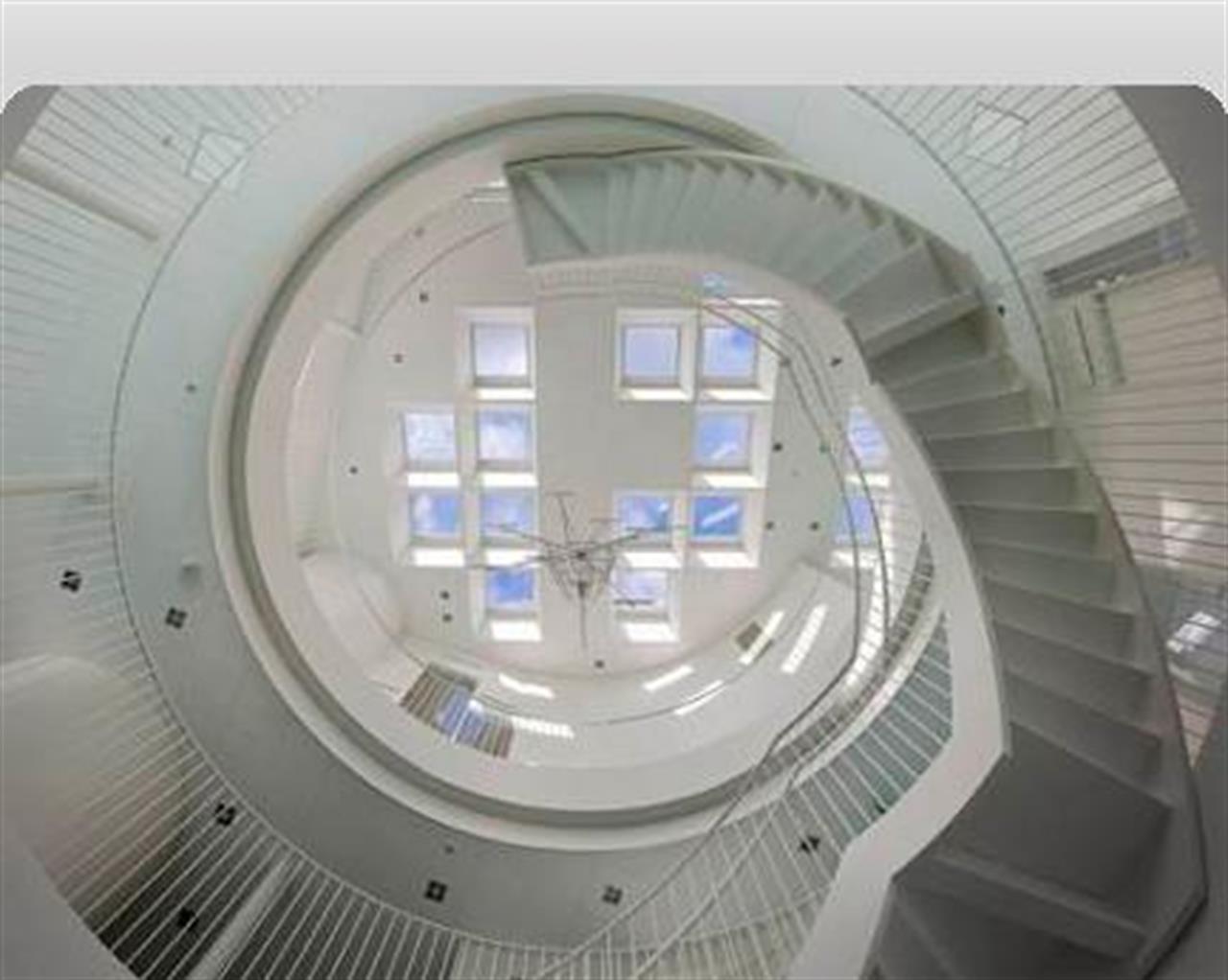Non profit
The future looks green
The Green Lighthouse, the world's first carbon neutral building, celebrates its first anniversary

Tillykke med Fødselsdagen (Happy Birthday)! October 21 marks the first anniversary of the Green Lighthouse, the world’s first carbon neutral building, located at the University of Copenhagen in Denmark.
The lighthouse was built for the 2009 United Nations Climate Change Conference held in Copenhagen. It now operates as a student services building at the university.
Seventy-five per cent of the building’s carbon neutrality was achieved through architectural design alone. The rest was met by the use of green technologies, solar panels and geothermal heat pumps.
The Green Lighthouse does more than reduce energy consumption, designers also made an effort to create a more natural indoor environment by improving air quality, increasing the amount of natural light and ensuring an abundance of open spaces within the structure.
Why? “Humans are animals, we are meant to be outside,” says Karsten Duer, a technical expert on daylight energy and indoor environment for Velux, a design consultancy group that worked on the project. He argues that poor light and air quality in a building can actually make people sick. “We spend 90 per cent of our lives in buildings, so our indoor environment will impact our health.”
Duer is part of a team that is monitoring the project. He says, “the response to the overall concept of the building has been very positive from both the architectural and engineering community.”
Currently, his consulting company is collecting hard and soft data to asses the quality of the building; a report with their findings will be released next year. Duer says he believes the project has been a success, but adds that the daily users of the building may be turned off by its highly atomized nature. “To run a building like this, there has to be some sort of intelligence behind it and not everyone is used to that, so there is a period of adjustment.”
According to the European Commission, buildings are responsible for 40 per cent of energy consumption and 36 per cent of European CO2 emissions. Improved energy performance of buildings is key to achieve the European Union’s Climate & Energy objectives – namely a 20 per cent reduction of greenhouse gas emissions and 20 per cent energy savings by 2020.
Duer says “the technology exists,” and in a matter of years all new buildings could be carbon neutral. Unfortunately, “new buildings only make up about one per cent of all buildings in Europe.” Engineers and architects now need to find a way to improve the technology in existing buildings so they produce less carbon.
Cosa fa VITA?
Da 30 anni VITA è la testata di riferimento dell’innovazione sociale, dell’attivismo civico e del Terzo settore. Siamo un’impresa sociale senza scopo di lucro: raccontiamo storie, promuoviamo campagne, interpelliamo le imprese, la politica e le istituzioni per promuovere i valori dell’interesse generale e del bene comune. Se riusciamo a farlo è grazie a chi decide di sostenerci.
